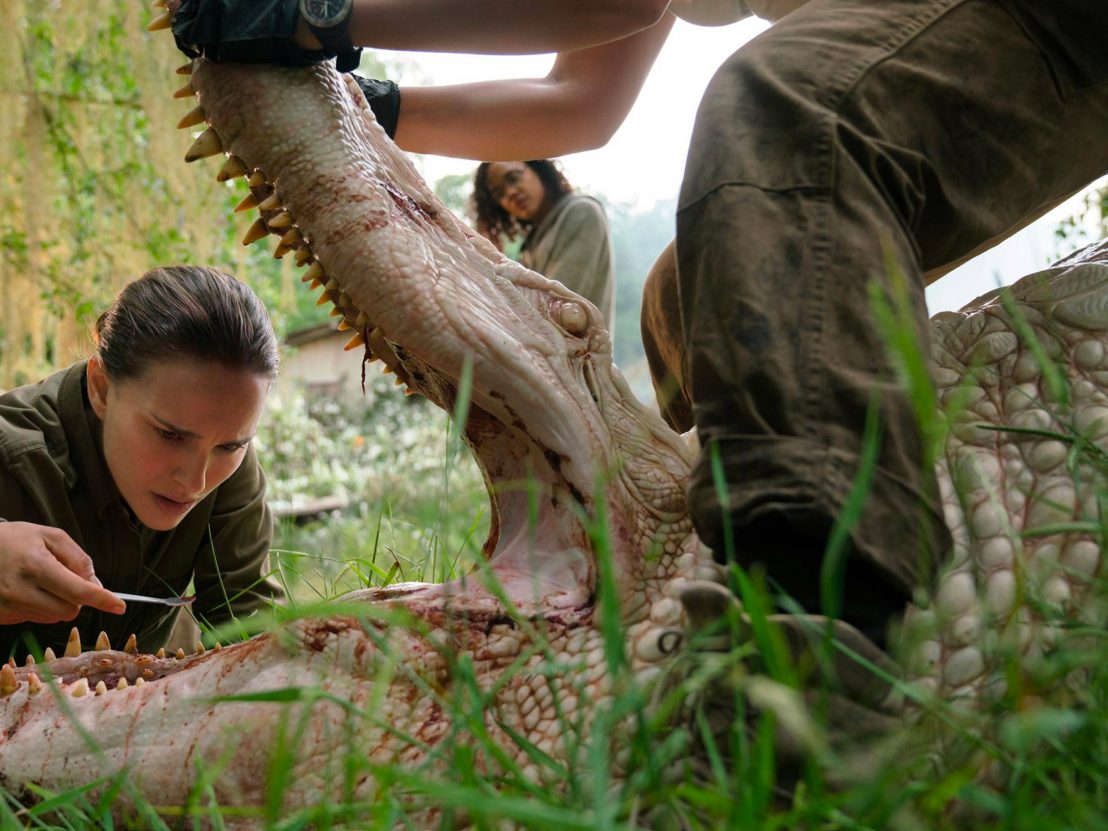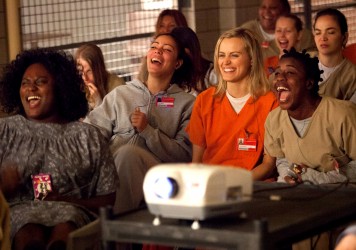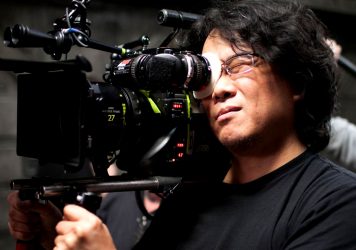
It’s now easier than ever to access the films you want to watch when you want to watch them. But while the VOD revolution has fundamentally changed the way we consume cinema, few could have predicted that the likes of Noah Baumbach, Bong Joon-ho and Martin Scorsese would one day be making work exclusively for online streaming platforms.
Back in 2015, when Netflix announced its first original movie – a sequel to Crouching Tiger, Hidden Dragon imaginatively titled Crouching Tiger, Hidden Dragon: Sword of Destiny – the move was greeted with arched eyebrows and plenty of scepticism, as up to that point the company had poured most of its resources into popular Originals series like House of Cards and Orange is the New Black. But Netflix were optimistic, with chief content officer Ted Sarandos telling the New York Times, “What I am hoping is that it will be a proof point that the sky doesn’t fall. These are two different experiences, like going to a football game and watching a football game on TV.”
Although Cary Fukunaga’s Beasts of No Nation garnered praise from those who actually saw it, Netflix’s initial attempts at original filmmaking were not looked upon favourably. Quality control quickly became an issue, particularly in the case of the Adam Sandler Agreement which saw the comedian sign a lucrative six-picture deal, resulting in The Ridiculous Six, The Do-Over and Sandy Wexler. Ridicule duly followed, and for the first time Netflix appeared to recognise the need to take a different tack with their film output.
Last year marked a new era for Netflix Originals. With the recruitment of Noah Baumbach, Bong Joon-ho and Angelina Jolie, a smattering of exemplary filmmaking arrived in the form of The Meyerowitz Stories, Okja, and First They Killed My Father. At the same time Netflix released a woefully misjudged adaptation of Death Note, as well as numerous smaller, equally forgettable projects. There have been far more misses than hits from the Netflix production line since it rumbled into life in 2015, and the shelf-life for films seems to be shortening as more and more projects vie for space.
With Netflix continuing to lure high-profile filmmakers by offering them greater creative freedom than they might otherwise be granted, and rather than existing as separate entities, as Sarandos suggests, the gap between traditional studios and VOD appears to be narrowing. At the time of writing Duncan Jones, Alex Garland and Ava DuVernay all have projects in the pipeline for the streaming giant, while Scorsese’s long-awaited Pesci/De Niro reunion The Irishman is pencilled in for a 2019 release. More will surely follow.
This all sounds great in theory. Studio intervention has been cited frequently as a source of frustration for directors (cf Alan Smithee), and in giving filmmakers the freedom to make the projects that they’re passionate about, VOD studios take chances where traditional studios are afraid to. Their backing ensures that these projects get made, for better or for worse. The Irishman is a perfect example – Netflix picked up the project after it was dropped by Paramount in 2016, whose financial backers had pulled out over the film’s escalating budget (which currently stands at $125 million).
VOD companies have swiftly established themselves as viable alternatives to the traditional big film studios, but there is still the issue of distribution. Amazon (who are yet to produce their own features but run a solid distribution arm) have secured the rights to some of 2018’s biggest releases, including new films from Luca Guadagnino and Gus Van Sant. Along with Netflix and Curzon, they have tried to have it both ways, securing festival premieres (Okja caused a stir at Cannes in 2017) and giving certain titles a limited theatrical release in order to build hype and extend a film’s longevity.
But this strategy is inconsistent. Many theatres were unable to show Dee Rees’ superlative Mudbound due to Netflix having an agreement with Curzon, limiting the number of people who were able to experience the film on the big screen. Similarly, Garland’s upcoming sci-fi epic, Annihilation, which was originally intended for a theatrical release in the UK, will now hit Netflix exclusively at the beginning of March after a limited US run. For a visually-driven film, relegation to small-screen devices seems particularly unfortunate, and there is a tendency for such films to quickly fade into the digital ether.
Film distribution is a double-edged sword. It can be difficult to access independent and limited release films if you don’t live close to a cinema showing anything other than blockbusters, or if you can’t afford to pay climbing cinema ticket prices. Such trips, and the purchase of DVDs, are increasingly a luxury, and although many would argue VOD is the next best thing to an actual cinema screening, for many viewers, it’s the only thing. VOD platforms offer viewers an affordable one-stop shop – but the shop doesn’t really exist, and this is at odds with the fact that, at its core, film is a physical medium.
From going to the cinema or buying a DVD, the ticket or disc you hold in your hand is a token of months of development and investment. The physicality of a film is compromised when a new release becomes relegated to a thumbnail image on a carousel, consumed in an endless binge-watching cycle. Films that feel inherently cinematic (especially those shot on physical film stock) simply don’t have the intended impact when viewed on a laptop or television. We live in an age where algorithms ensure that content is served to us according to what is deemed to be most relevant to our interests – VOD platforms are designed to limit the opportunity for discovery. Recommendations based on viewing habits and similar interests keep us tied to a platform, doing little to encourage us to step out of our comfort zone.
With VOD platforms increasingly looking to replenish their catalogues with original content in a bid to entice new users (and retain existing ones), there’s a sense that many films can and will get lost along the way. Disney are even opting to create their own streaming service, enabling them to retain the distribution rights to their properties while gaining a share of the VOD market. It seems likely that other studios will follow suit, essentially creating online libraries and removing the need for ‘owning’ a film at all. As films become the sole property of the studios who produce them, they control who sees them more strongly than ever.
The question now is not how best to view films, but how to ensure the best new releases reach the audience they deserve. VOD has revolutionised the way we watch movies, but online releases are rarely greeted with the same fanfare as traditional theatrical releases. They rely on social media to spread the word, almost expecting their users to do content marketing for them. Yet this doesn’t always yield high returns. In the near future the keys to the streaming kingdom will surely belong to whichever platform manages to change the marketing game. As things stand, that still feels a long way off.
Published 6 Jan 2018

By Tom Bond
Streaming services are supplying quantity and quality to a rapidly growing global audience. Can cinema keep up?

The writer/director of sleeper hit Ex Machina returns with a broader canvas and a clutch of A-listers.

By Amy Bowker
The director has spoken out about the streaming giant’s involvement in his latest project.